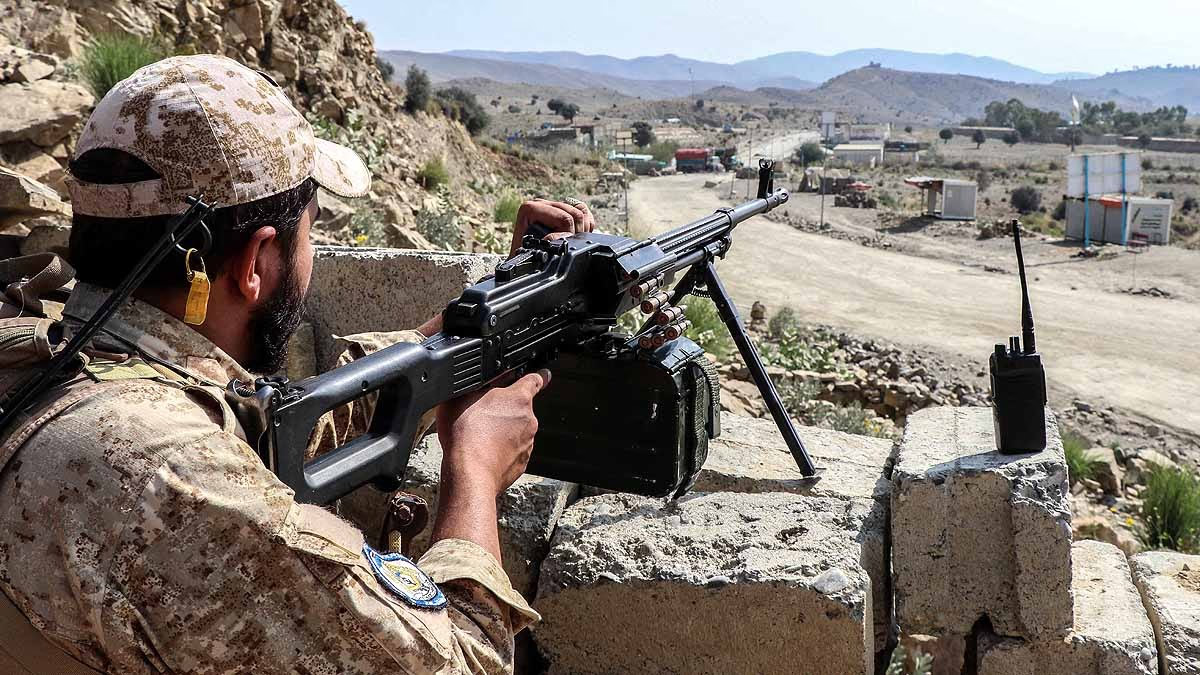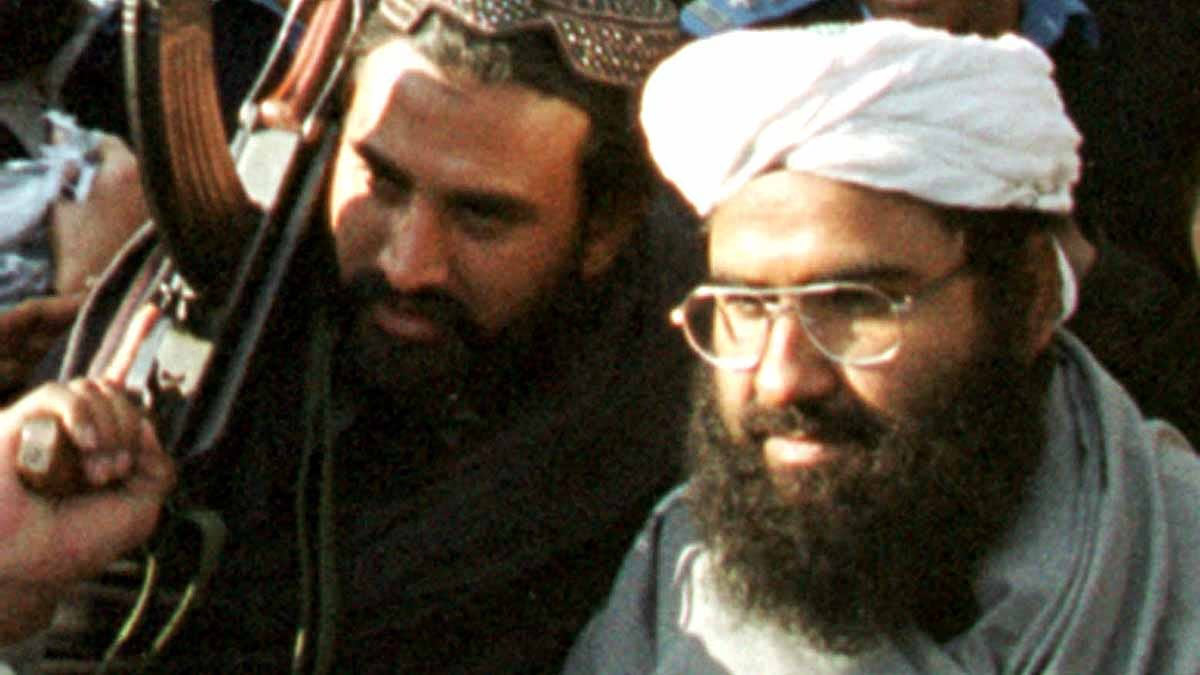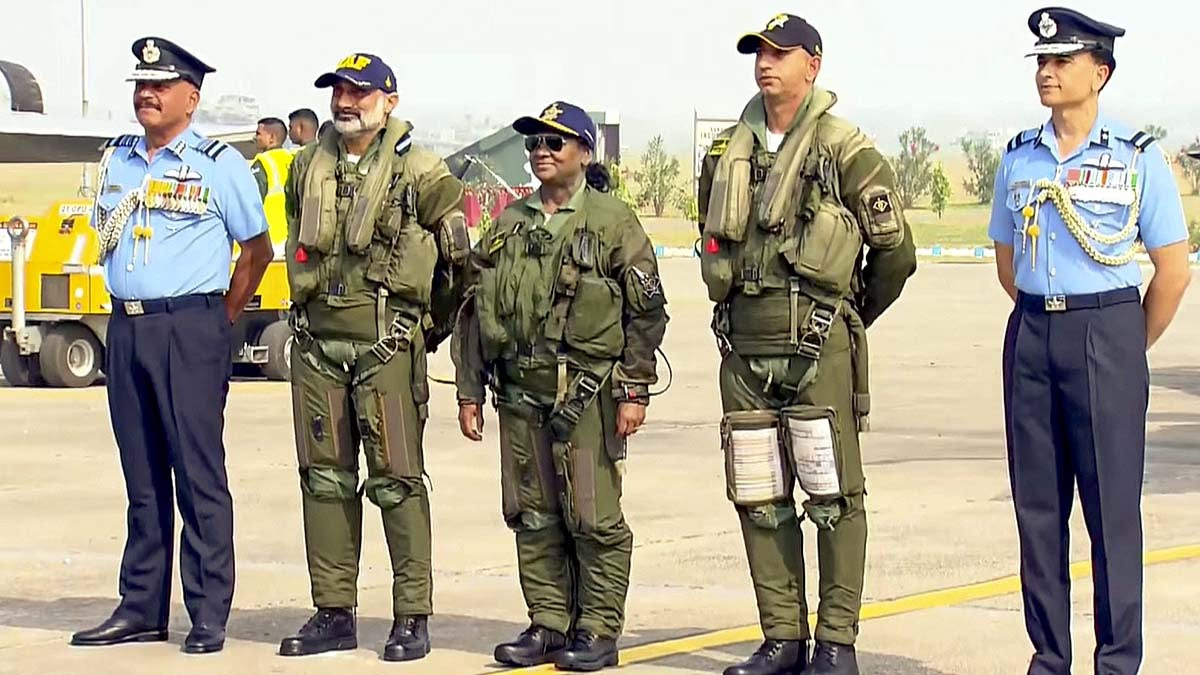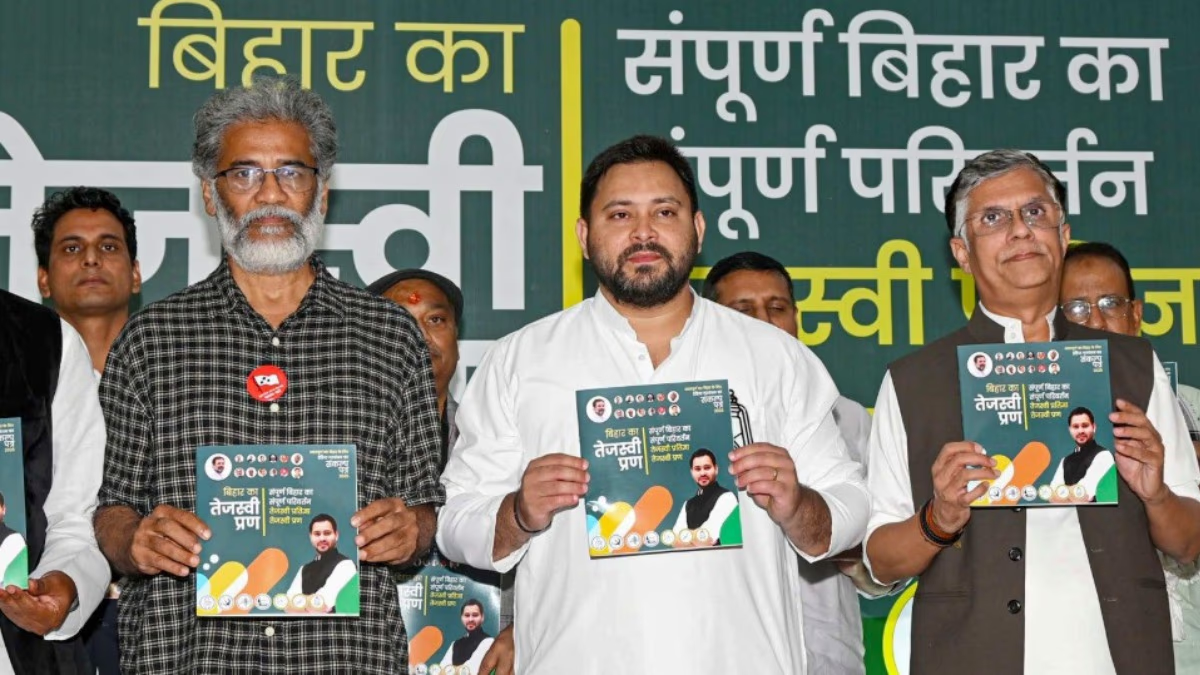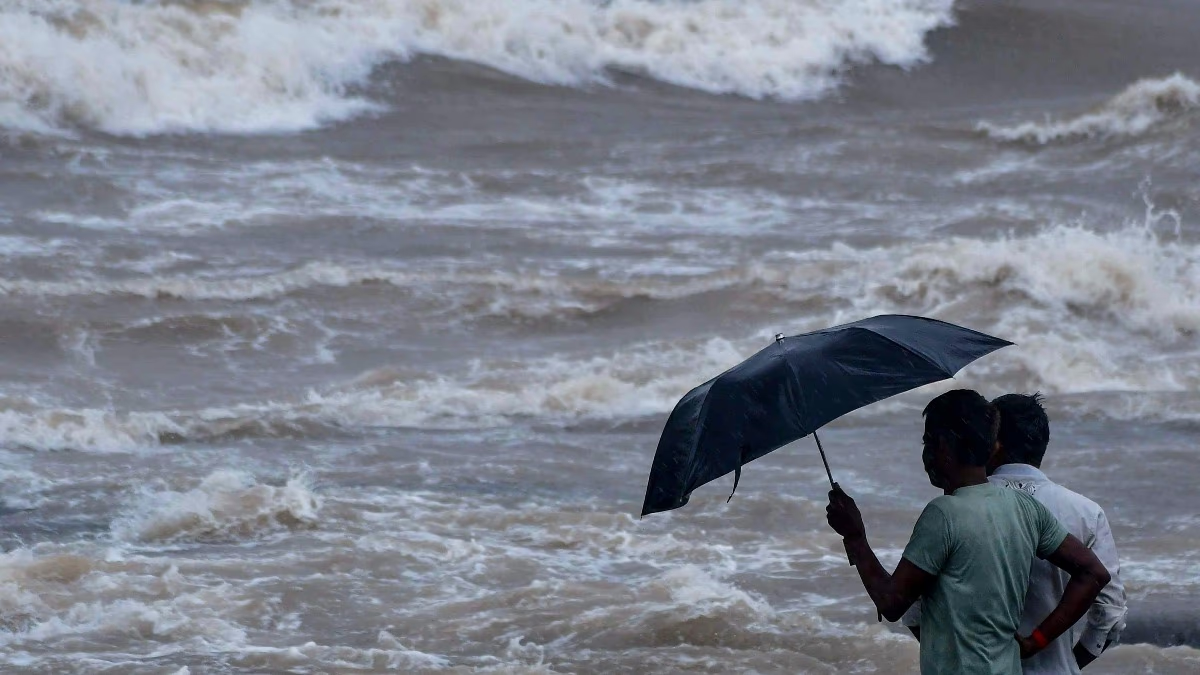Tensions are soaring along the Afghanistan-Pakistan border as Taliban fighters launch attacks on the Pakistani army. These are no traditional battles but rather the unpredictable nature of "guerilla warfare" where small groups strike swiftly and then vanish. This method of warfare has left the Pakistani military reeling. But the question remains: where does the Taliban's strength truly lie? And where does the Pakistani army stand?
Guerilla warfare, often referred to as "irregular warfare," involves battles between vast armies and smaller bands of rebels. It includes...
Related Read: Experience the thrill of the Rafale fighter jet used in Operation Sindoor, flown by President Murmu
Swift Attacks: Fighters stealthily hide in forests, mountains, or urban areas, launching sudden shootings, bombings, or stabbings.
Easy to Disappear: They vanish post-attack, making it difficult for the enemy to trace them.
Local Alliance: Locals (such as Pashtun tribes) offer help with food, shelter, and intelligence.
This style of warfare was used in Vietnam (1960-70) and against Soviet forces in Afghanistan (1980-90). The Taliban successfully used it against American forces from 2001 to 2021 and now aim it at the Pakistani army. Though short on modern weaponry, the Taliban has an intimate knowledge of the mountainous regions and an unyielding will.
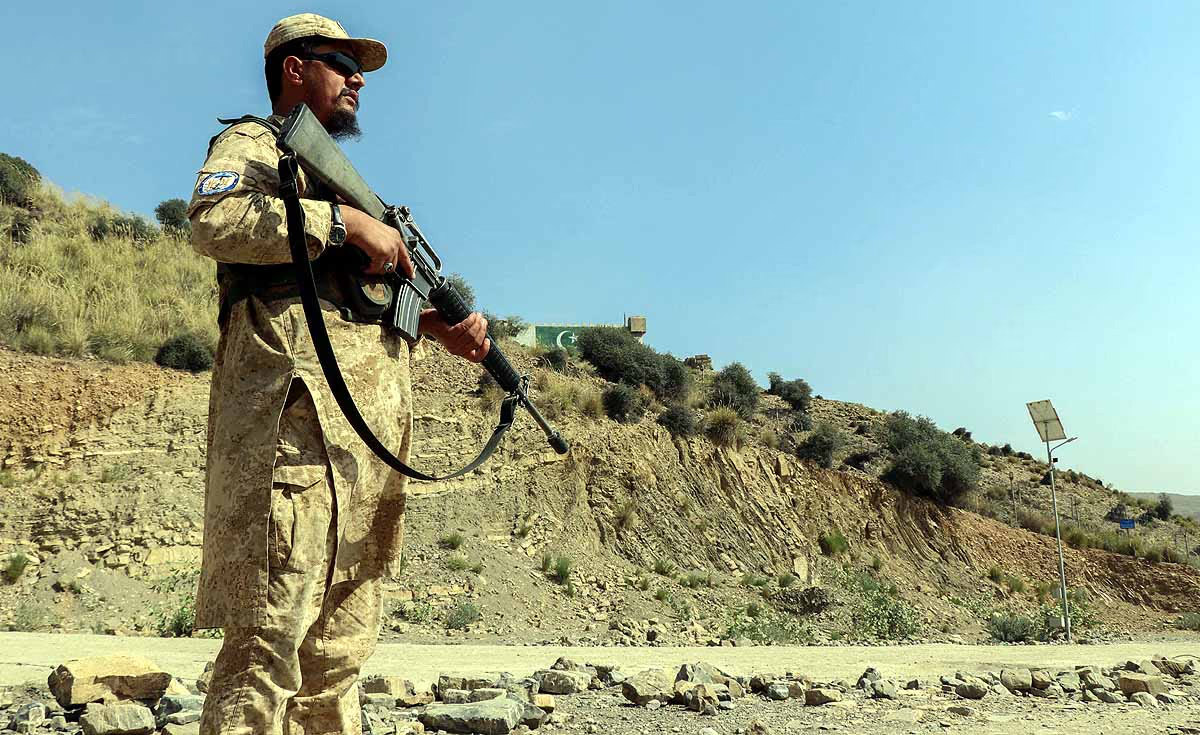
Source: aajtak
The clashes in October 2025 along the Afghan-Pakistan border were furious. Initiating on 9 October, the conflict witnessed...
The Pakistani military claimed to have taken control of 19 Afghan border posts, with over 200 Taliban fighters killed.
Conversely, the Taliban reported capturing Pakistani tanks and vehicles. Videos revealed IED assaults on Pakistani soldiers.
On 12 October, Pakistani offensives targeted Kabul and Paktika, reciprocated by the Taliban, resulting in over 500 military casualties on both sides.
A group, TTP (Tehrik-i-Taliban Pakistan), allied with Afghan Taliban, unleashed guerilla actions inside Pakistan, with bombings and suicide bomber attacks in Khyber Pakhtunkhwa and Balochistan.
These strikes employ a classic guerilla approach:
night raids followed by morning 'disappearances.' Since 2021, over 500 Pakistani soldiers have fallen victim, owing to the Taliban's sanctuary within Afghanistan.
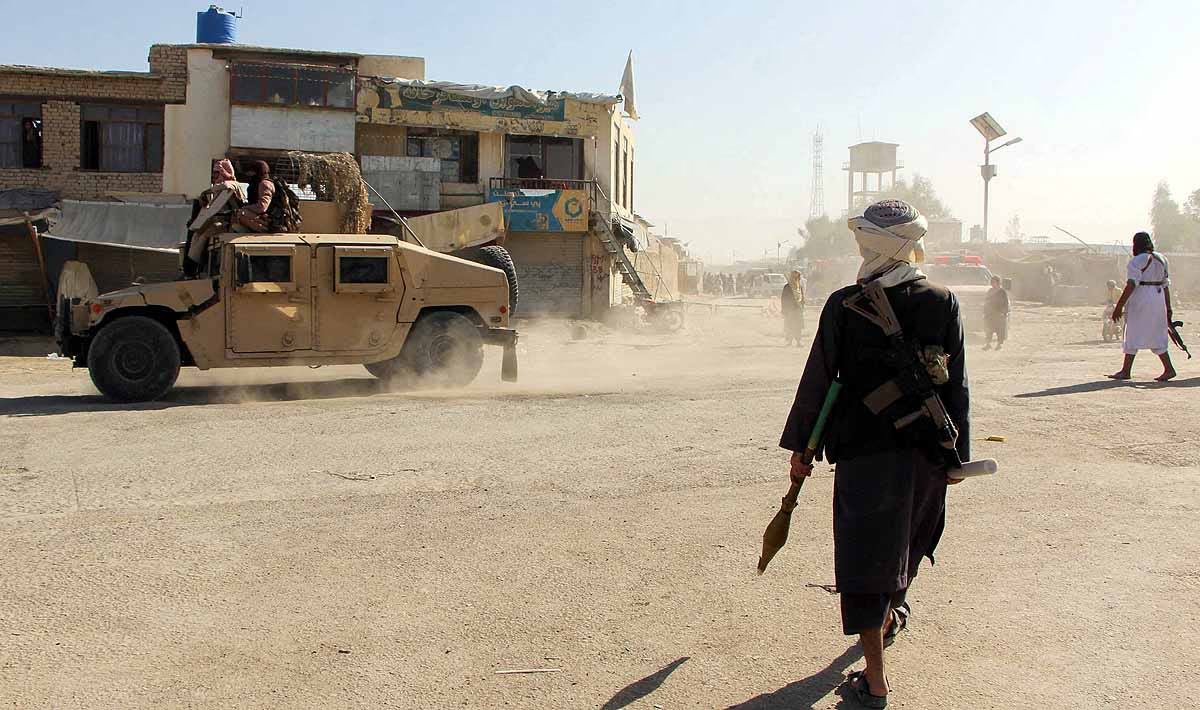
Source: aajtak
The Taliban, though not strong in conventional warfare, excels at guerilla tactics. Their key strengths include...
Related Read: Launching an attack within Pakistan in 4 minutes; BrahMos-2 missile soon to debut covering 25% of China's expanse
Knowledge of Rugged Terrain: The Af-Pak border (Durand Line) is riddled with forests, mountains, and caves—perfect for Taliban shelter. Scientific insights affirm that 70% success in guerilla warfare hinges on terrain proficiency (U.S. Army studies).
Light Weapons and IEDs: Without tanks or planes, they rely on rockets, guns, and bombs. A single suicide bomber can claim 10-20 soldiers in one attack.
Community Support: Pashtun tribes view the Pakistani army as aggressors, offering the Taliban sustenance and intelligence. The ideology of Islamic jihad draws the youth into the cause.
Endurance for Prolonged Conflict: Having resisted America for 20 years, their stamina remains unflagging. Recently, TTP initiated a "revenge cycle" within Pakistan—attack, retreat, attack again.
Afghan Assistance: The Afghan Taliban equips TTP with training and arms.
Outcome: The Taliban might falter in standard combat but triumphs in guerilla skirmishes, echoing how the Viet Cong fatigued America in Vietnam.
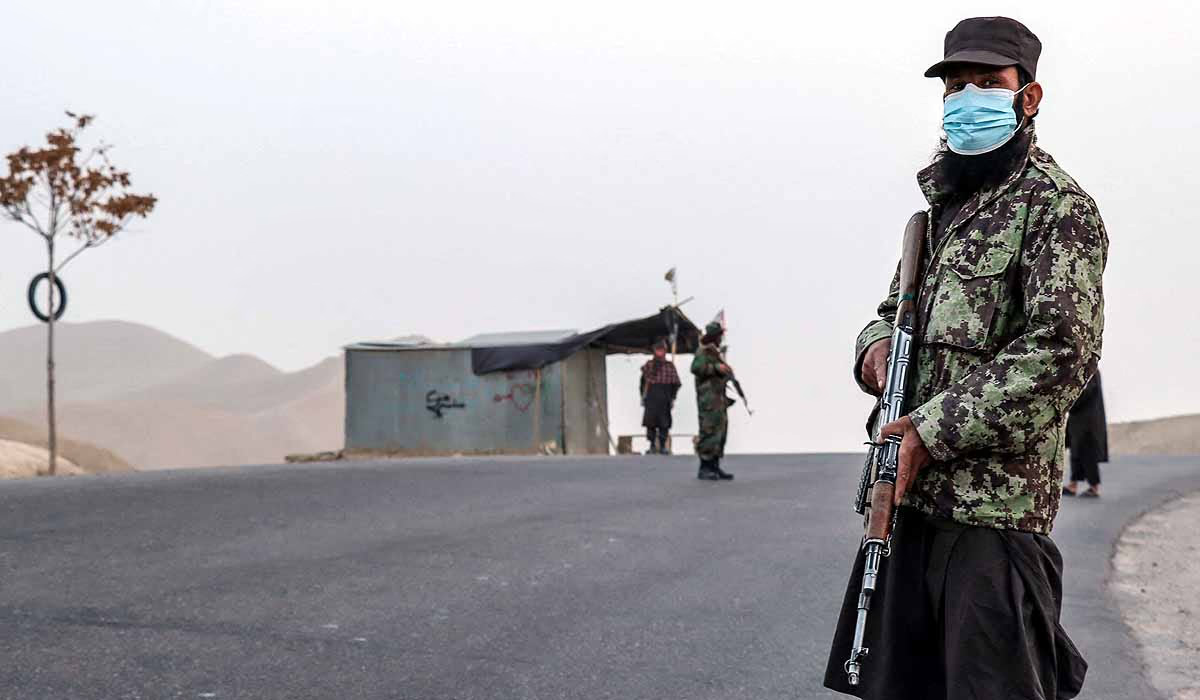
Source: aajtak
The Pakistani army, ranking as the world's 7th largest, faces complications in guerilla warfare. Their assets include...
Massive Troops and Arsenal: 600,000 soldiers supported by tanks, drones, and helicopters. They monitor the border via drones, ready to decisively overrun the Taliban in conventional warfare.
Experience: With U.S. assistance in 2010, they once drove the Taliban out. Now, they're pioneering operations like Zulfikar.
International Allies: Backing from Saudi Arabia, Qatar, and the U.S. Recently, Saudi Arabia mediated a ceasefire.
Related Read: Why Putin's New Missile Is a Major Challenge for Trump Amid Chernobyl-like Radiation Risks?
Difficulty in Capturing Rebels: The extensive army struggles to navigate mountains. The strikes come in minor bursts, complicating retaliation.
Local Discontent: Balochs and Pashtuns view the army as adversaries. Civilian casualties fuel resentment.
High Costs of Protracted Battles: By 2025, 500 soldiers perished. A fragile economy exacerbates fatigue.
Border Issues: Fighters can easily fa—enters Afghanistan. Efforts to fence the Durand Line remain incomplete.
Scientific Insight: Counter-Insurgency Studies (CTC West Point) postulate that 80% guerilla warfare victories hinge on local support.
Guerilla warfare is protracted. The Taliban’s adeptness in ambush, concealment, and rallying support places them at an advantage. The Pakistani army’s conventional prowess faces the danger of attrition. Although a ceasefire on 14 October has eased combat, tensions linger. Experts warn: if Pakistan attacks Afghanistan, guerilla warfare could engulf its own turf. This conflict transcends just arms, focusing instead on terrain, community, and resolve. The Taliban's forte lies in guerilla warfare, proving formidable to the Pakistani army.
